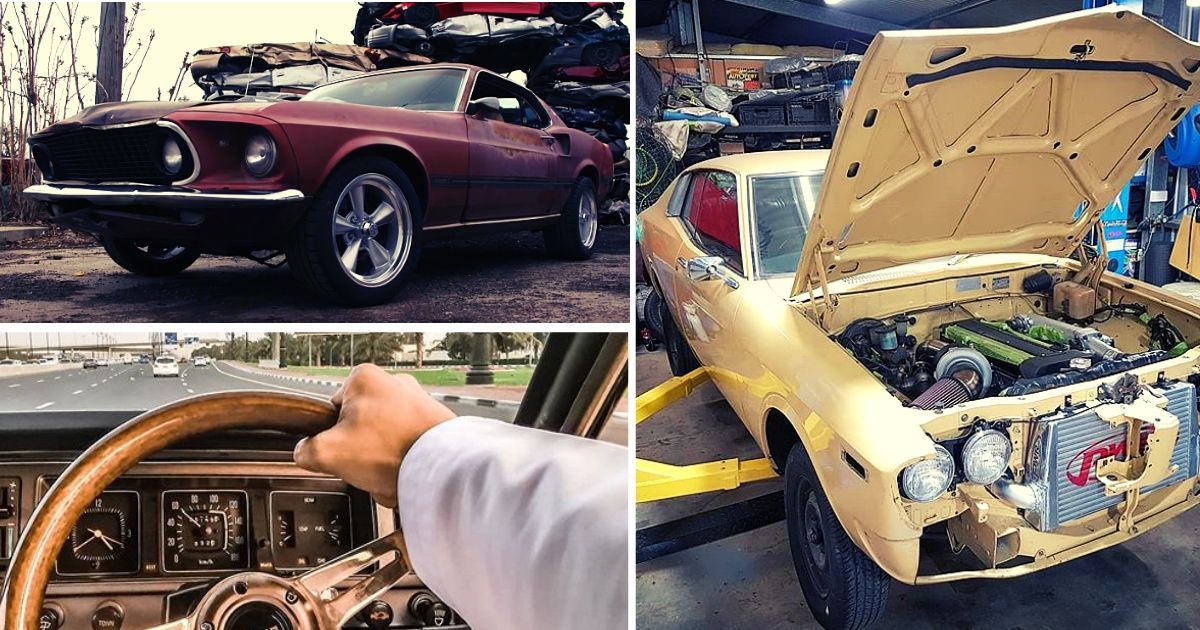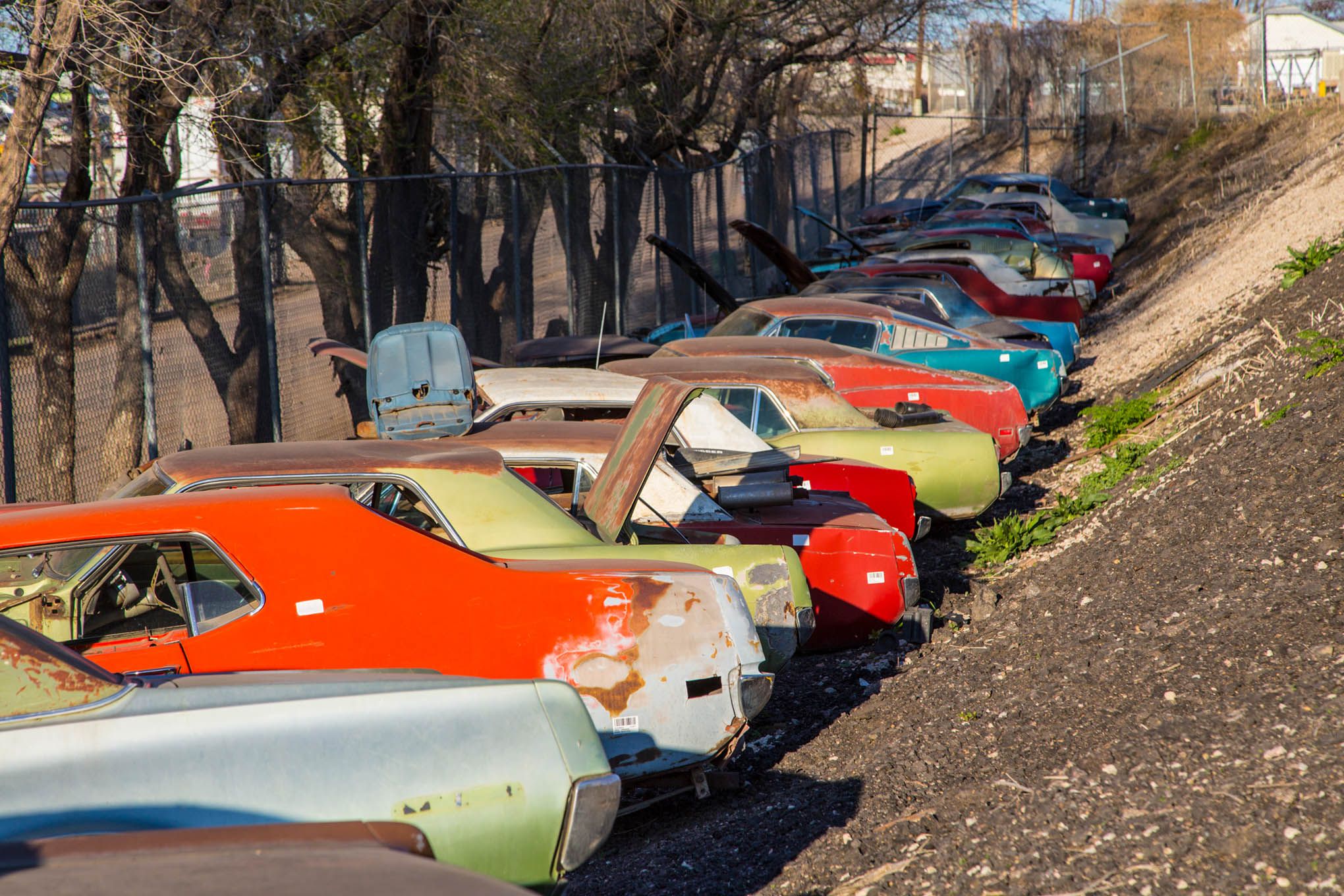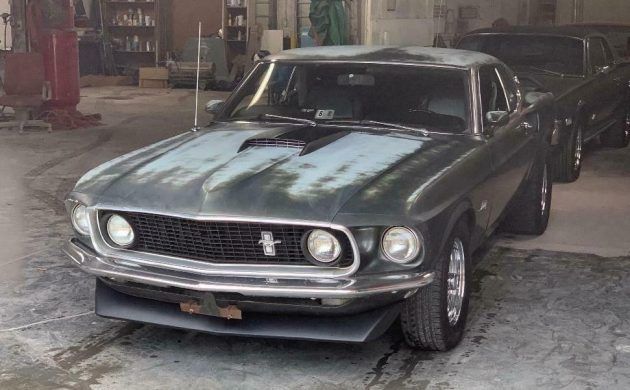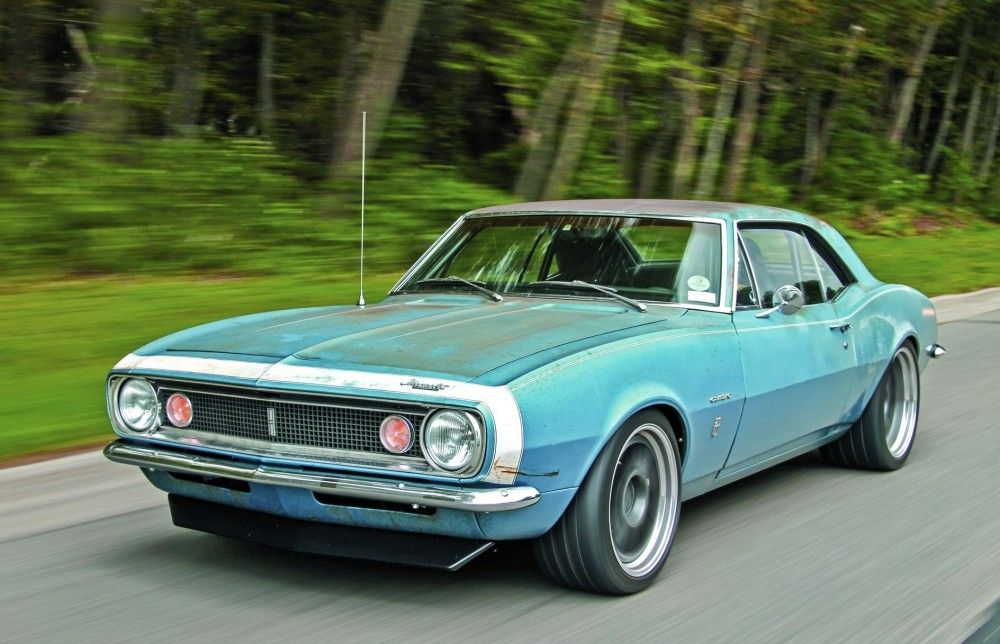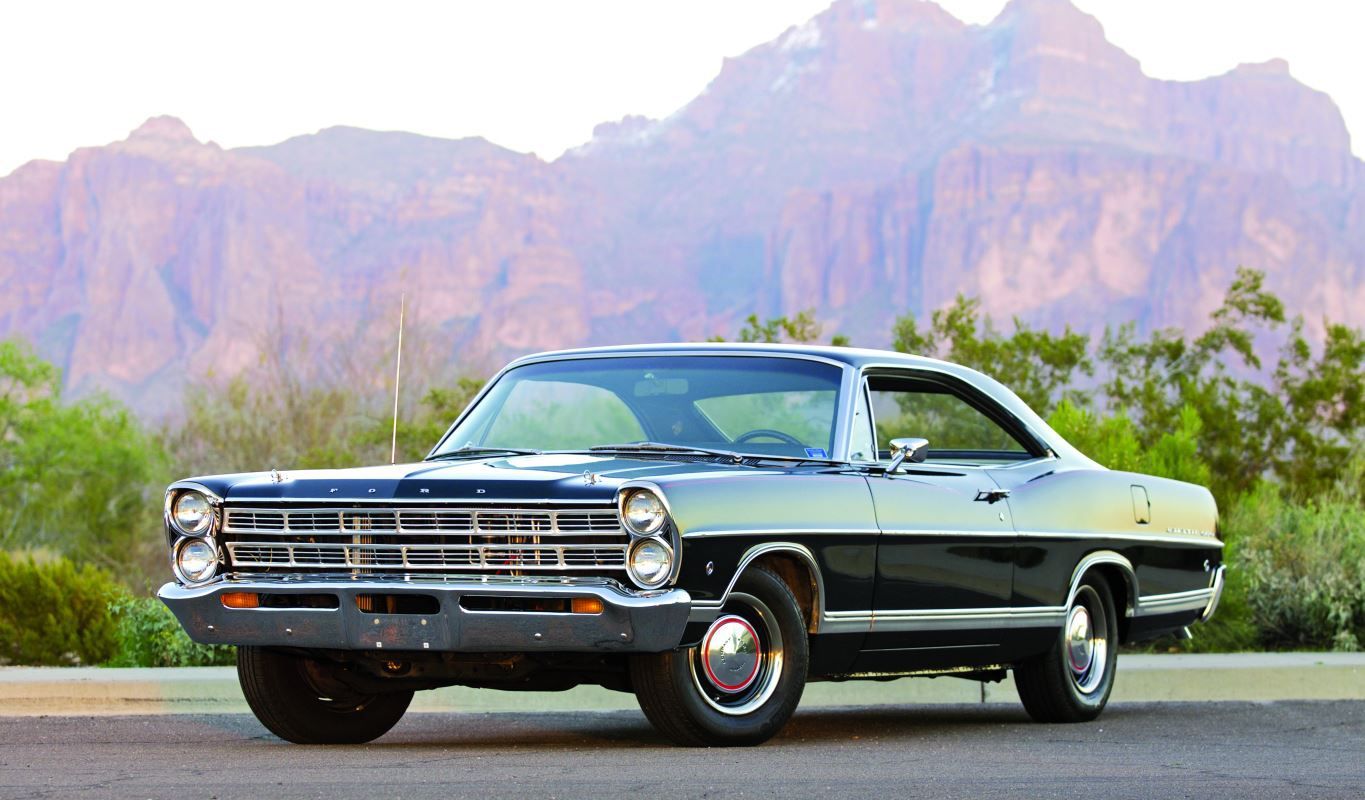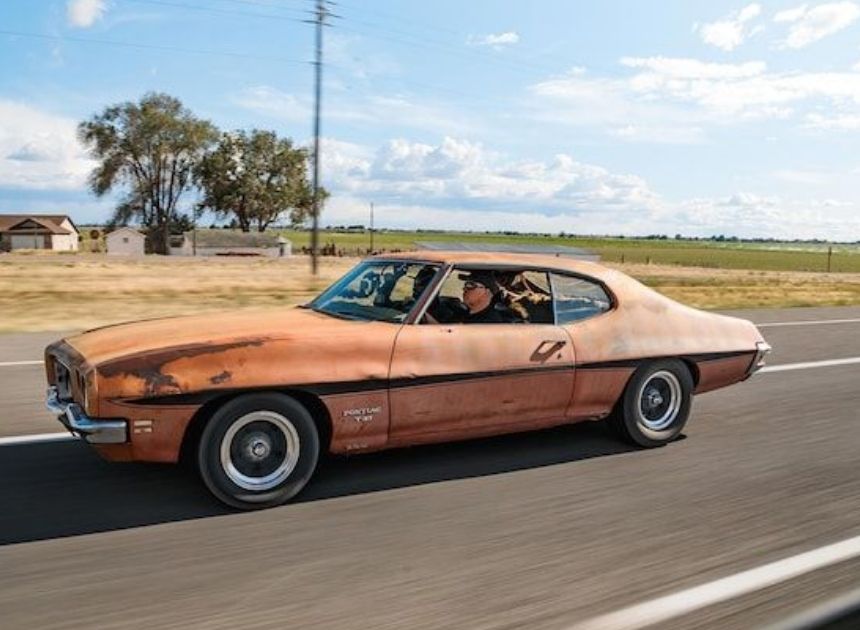The vast majority of builds that you see on YouTube, Instagram, Twitter, and even our own site are done by professional guys or gals who have the skills, and most importantly, the checkbook to do so.
That's why you probably haven't started that project you always wanted to, or why you feel unsettled about tackling such a complex mess. It's scary to do things you have never done, especially when you are investing a lot of your own money.
But if you can't live without making your dream classic car come to life, and need to exercise economic restraint (don't we all), then take these tips as an offering. Every aspect of the old car-build is important and if you're a first-time wrencher, being pointed in the right direction is the first step to success.
Finding A Car
Look at other articles and they will tell you that for your first time, you should buy something that already runs and drives. And while this is an easier route, you're losing learning experiences that you could already have by the time you get your 2nd project car. This is why it is important to be open-minded - the old car market is unpredictable and you may never find the one you wanted exactly.
Let's say you are looking for '60s or early '70s muscle cars, if you are on a budget, there are a few options that may be out of your initial investment range - which let's call $3000-$5000. Any early Camaro, Charger, or Roadrunner will cost you big bucks for just a clean shell, so look for cars that weren't as popular but were produced in big numbers, that is a recipe for cheap style.
The Dodge Dart, Plymouth Duster, Pontiac T-37, Mercury Comet/Cyclone, Plymouth Barracuda (first gen, '64-'69), Ford Falcon, Buick GS, and even the Ford Mustang were all great cars, produced in fairly large numbers, and offered with V8s. And truly, you don't need any of these typical muscle car type coupes, you could also hop-up a big cruiser like the Ford Torino or Buick Wildcat... we don't discriminate.
This is all only true, of course, if you haven't found your car yet. If you have, well, welcome to step 2.
Where To Start
Most of the time, your project will at least have an engine, if it doesn't then you already know what you have to do. But, the motor itself is the best place to start looking once you've acquired your car. Maybe it hasn't ran in 3 years, maybe it runs and drives, or maybe the previous owner took out a camshaft they forgot about and you'll have to find out the hard way.
Either way, for old engines and old V8s in general, check the fuel pump, carburetor, headers, ignition system, radiator, and under the valve covers immediately. The transmission will be somewhat of a prayer for most old cars. If you get the engine started make sure there is fluid in the trans and see if it moves under its own power, oftentimes these old junky automatic transmissions just won't move.
The next most important thing is your budgeting. After making sure the engine is okay (or getting it professionally looked at) you have to make a priority list for what goes next. For example, if you need a new dash pad, seats or carpets, first make sure the floor isn't rusted out and is sturdy or else you'll bolt brand new bucket seats to a flimsy piece of tetanus. If you need new wheels and tires, then make sure the brake/hub assembly is intact. You could very easily bolt new wheels and tires to a bad axle with shot studs and clogged brake lines.
This all sounds a little expensive right? I know. That's why you need to spend the money that you have, on the right things. Here's what I mean...
Spending Your Money
It's almost impossible to resist buying the pretty wood steering wheel you saw online, but you have to be strong, because building a car for cheap isn't easy. Sometimes you have to sacrifice the presentation for the flavor of a dish. If your car needs everything replaced, focus on the important stuff.
Brakes: cheap brake systems are dangerous and if you want more power, you need healthy brakes.
Radiator: get the big 3-row aluminum radiator... just do it. Spend the money so that you don't overheat and spray the car behind you with nasty coolant.
Intake/Carb: This is one that is important and also fun. Your fuel delivery is everything- how the throttle responds, how it makes its power, and how smoothly it runs. For old V8s we recommend Holley and Edlebrock for both carbs and intakes.
Structural components: In the event that you floor it and lay patch for a 1/8th mile, you don't want your 50 year old + frame twisting under power or crumbling in a crash. Most aftermarket places sell frame reinforcements for uni-body cars (built with no frame in the middle of the car), full-length frames, and door bars.
How To Responsibly Buy Things For Irresponsible Reasons
After all, if you bought an old muscle car, you dream about torque, loud noises, and style. If that sentence describes you in any way, then a junkyard may be your happy place. Chances are there is a junkyard or auto wrecking spot within 50 miles of your house. Have an agenda, ask the employees what they've got, and go hunting.
Junkyards are a great place to find trim pieces, body panels, cylinder heads, and exhausts, a lot of which could be aftermarket. You may even find an engine that runs if that's your kinda thing.
This type of grassroots wrenching is not just reserved for classic cars either. Anyone who likes cars has the right to get covered in oil and lay on a cold floor for hours on end if they choose to do so. We are all the same brand of crazy, whether it may be Japanese sports cars, German hatchbacks, or American Muscle cars - go out and get wrenching.

